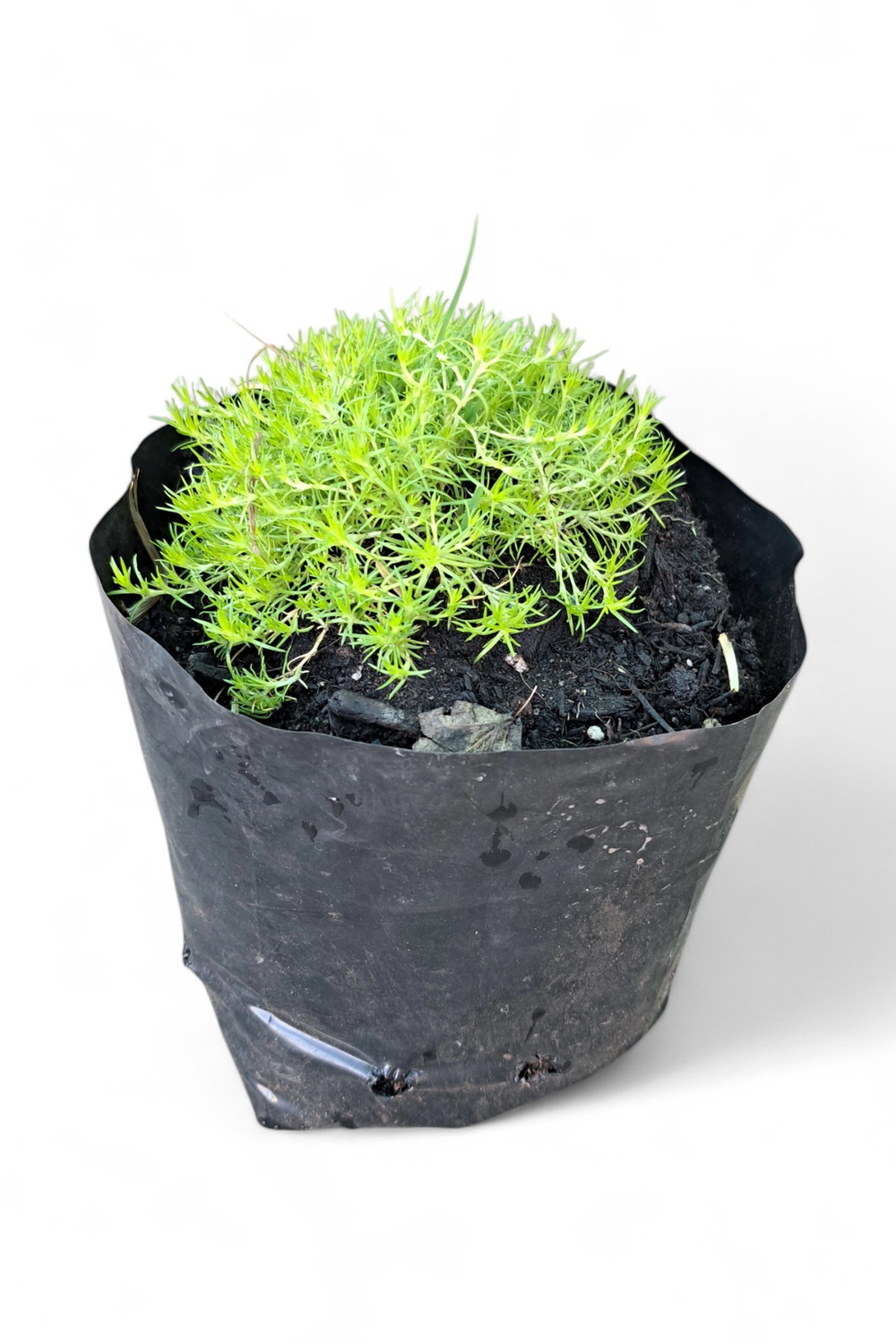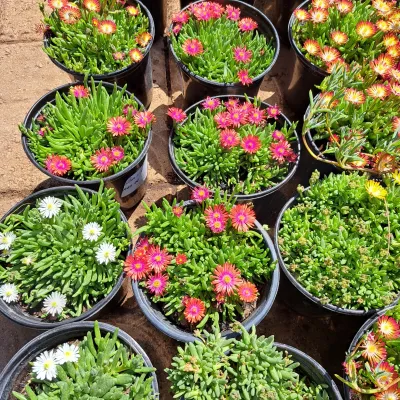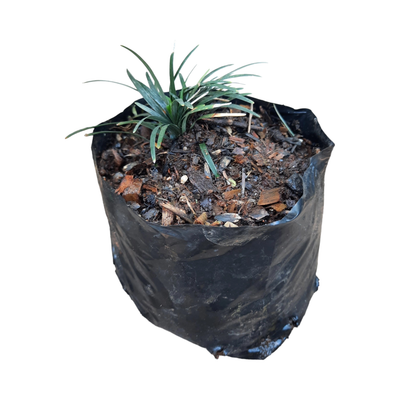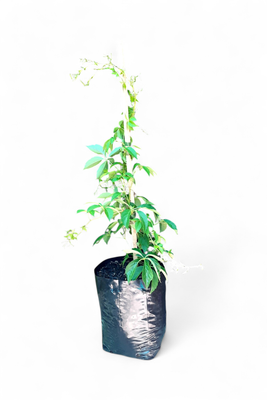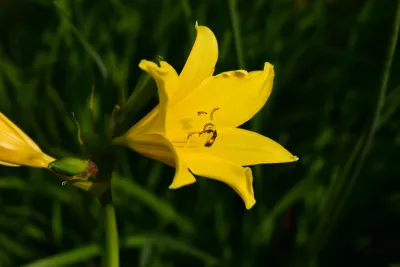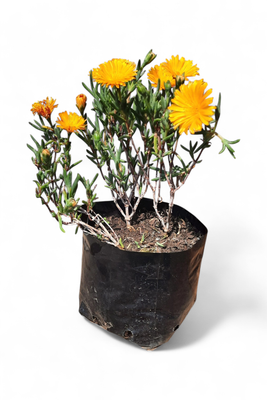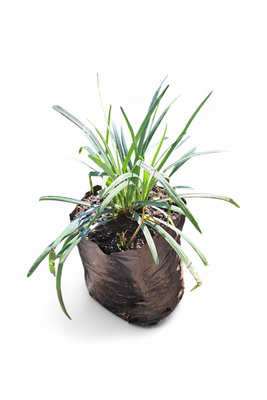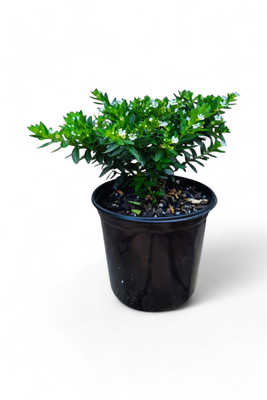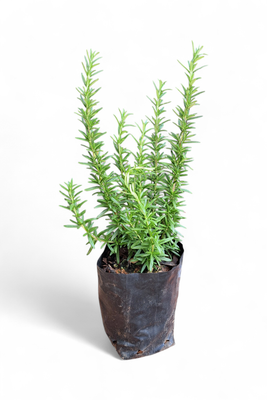Sagina (Irish Moss) 3L
SKU GD038
R29.00
1
Save this product for later
Sagina (Irish Moss) 3L
Product Details
Weight: 3.00 kg
Sagina is native to Europe, from Iceland south to Spain, and east to southern Sweden and Romania. In the wild it can be found growing on dry sandy or gravelly soils. Though not a true moss, Sagina forms a thick, dense mound of bright green leaves, less than 10cm tall. In spring the plants are covered with tiny, star-shaped white flowers. The cultivar (Sagina subulata 'Aurea') is also called Scotch Moss and has bright yellow foliage.
They spread rapidly to form a carpet that looks especially nice against gray stone. Once established the plants can take a lot of foot traffic and are therfore excellent to plant between pavers or alongside pathways.Irish moss is great planted next to water features, or amongst rocks and pebbles, in Japanese and woodland gardens.
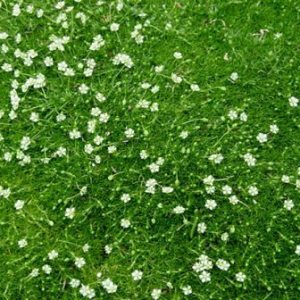 Sagina subulata. picture courtesy TuberfloraSagina is evergreen and does well in temperate gardens where it can be planted in full sun or semi-shade; it will not thrive in full shade. It is cold and frost hardy and is not suited to hot, humid gardens because the plants will melt out in mid-summer, only reviving again in autumn. In hot regions it requires some shade during the heat of the day and regular watering.
Sagina subulata. picture courtesy TuberfloraSagina is evergreen and does well in temperate gardens where it can be planted in full sun or semi-shade; it will not thrive in full shade. It is cold and frost hardy and is not suited to hot, humid gardens because the plants will melt out in mid-summer, only reviving again in autumn. In hot regions it requires some shade during the heat of the day and regular watering.
You May Also Like
On Sale

Nandina Pygmaea "Dwarf Heavenly Bamboo" 4L
Nandina Pygmaea "Dwarf Heavenly Bamboo" 4L
was R75.00
Save R10.00
R65.00
Display prices in:ZAR
